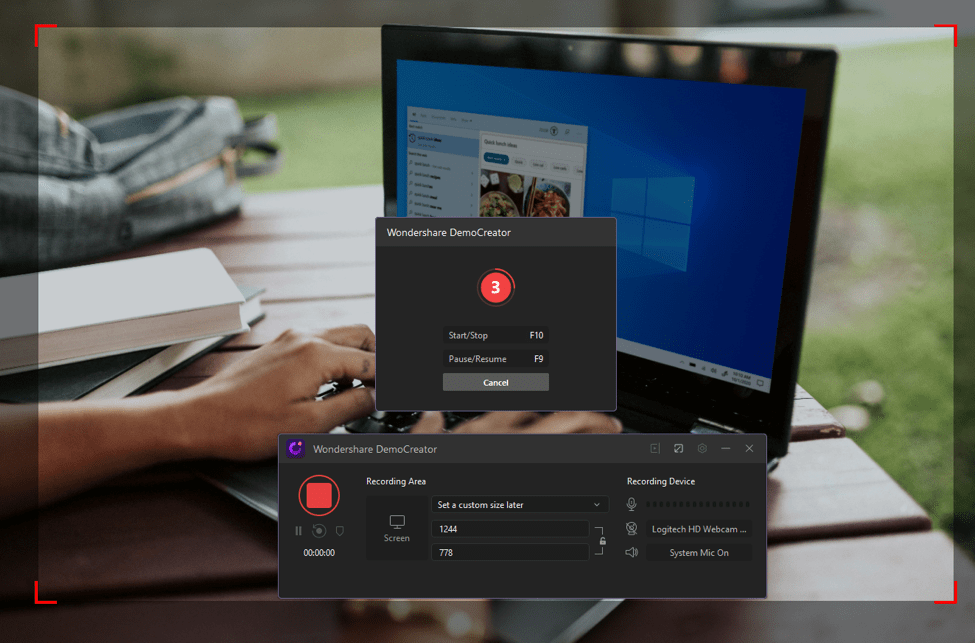


When we tested out the product recently, we thought it was a great tool, though hampered by frustrating design choices and minor glitches. On top of that you get advanced features like noise reduction (for your voiceovers) and the ability to set transitions between your scenes.Īll of this is overkill if you just want to record a quick clip – and to the complete beginner, OBS Studio perhaps isn't the best screen recorder for you. You will, however, need a video converter if you’re looking to export in anything other than MOV format.OBS Studio is our pick for best screen recorder that's free and open-source - and with good reason: available on Windows, Linux, and Mac, the screen recording and streaming software lets you effortlessly blend different sources and audio tracks together, packing in professional-grade features typically only found in expensive, premium capture tools.īuilt with gamers in mind, live streaming options feature prominently, but you can just as easily save your recordings to disk. You can also add clips to the end of a sequence if you’d like to combine your video screen capture with something that you’re referencing. QuickTime at least features some essential editing tools like rotation, splitting, and trimming. With such an app, you can record microphone audio along with sounds from another app. Otherwise, you might need to get an audio feedback app like Loopback to set as your microphone instead.

You can put the volume up on your speakers and hold a microphone up to them (or hope your internal mic picks up most of the sound they make). QuickTime sadly isn’t as good at capturing your computer’s internal sounds. You can select a microphone you plug in, or your Mac’s built-in microphone.

Do you want to record audio with your QuickTime screen recording? Select the dropdown icon next to the Record button to choose a microphone for adding audio as you do your video recording.


 0 kommentar(er)
0 kommentar(er)
